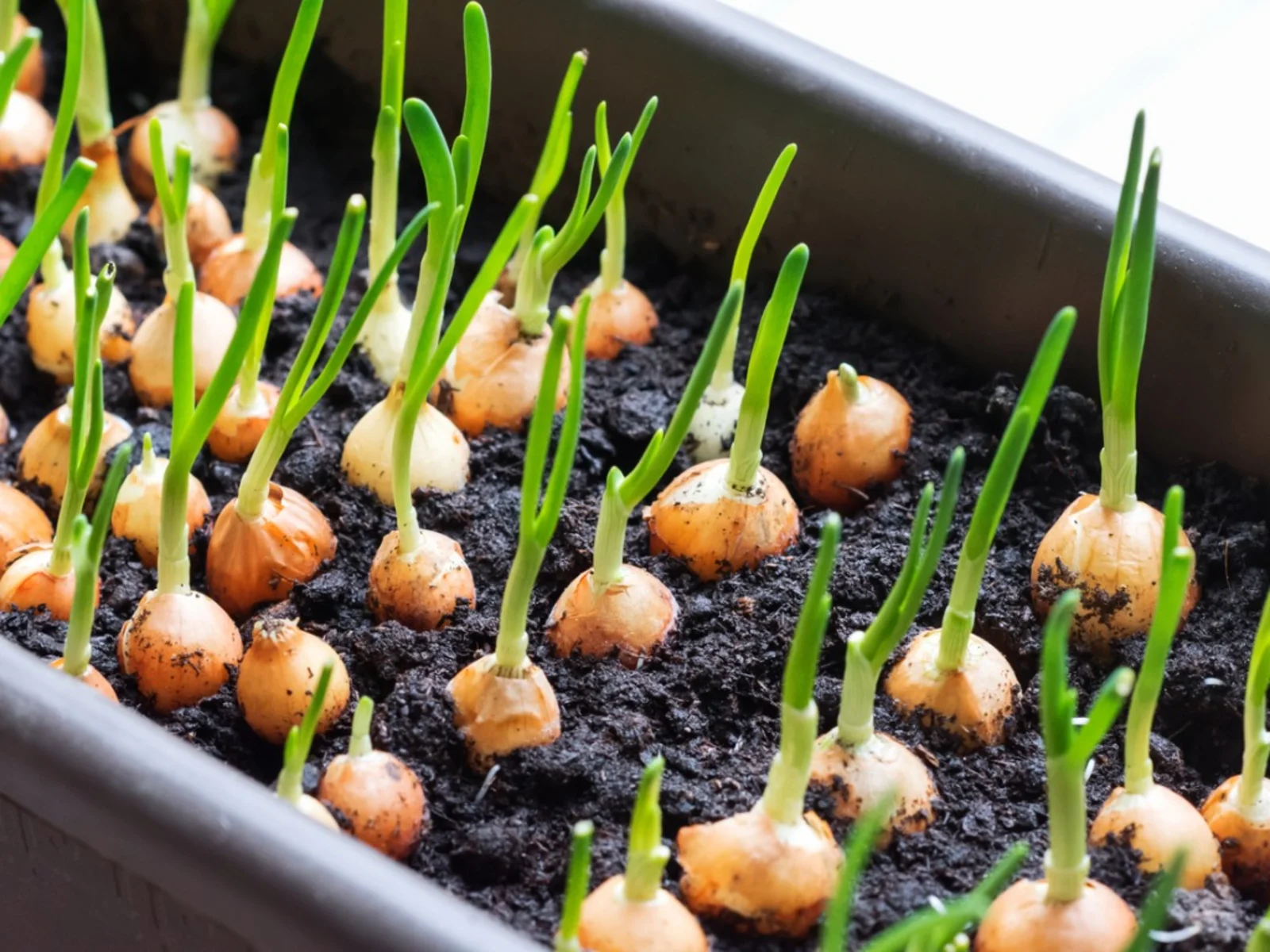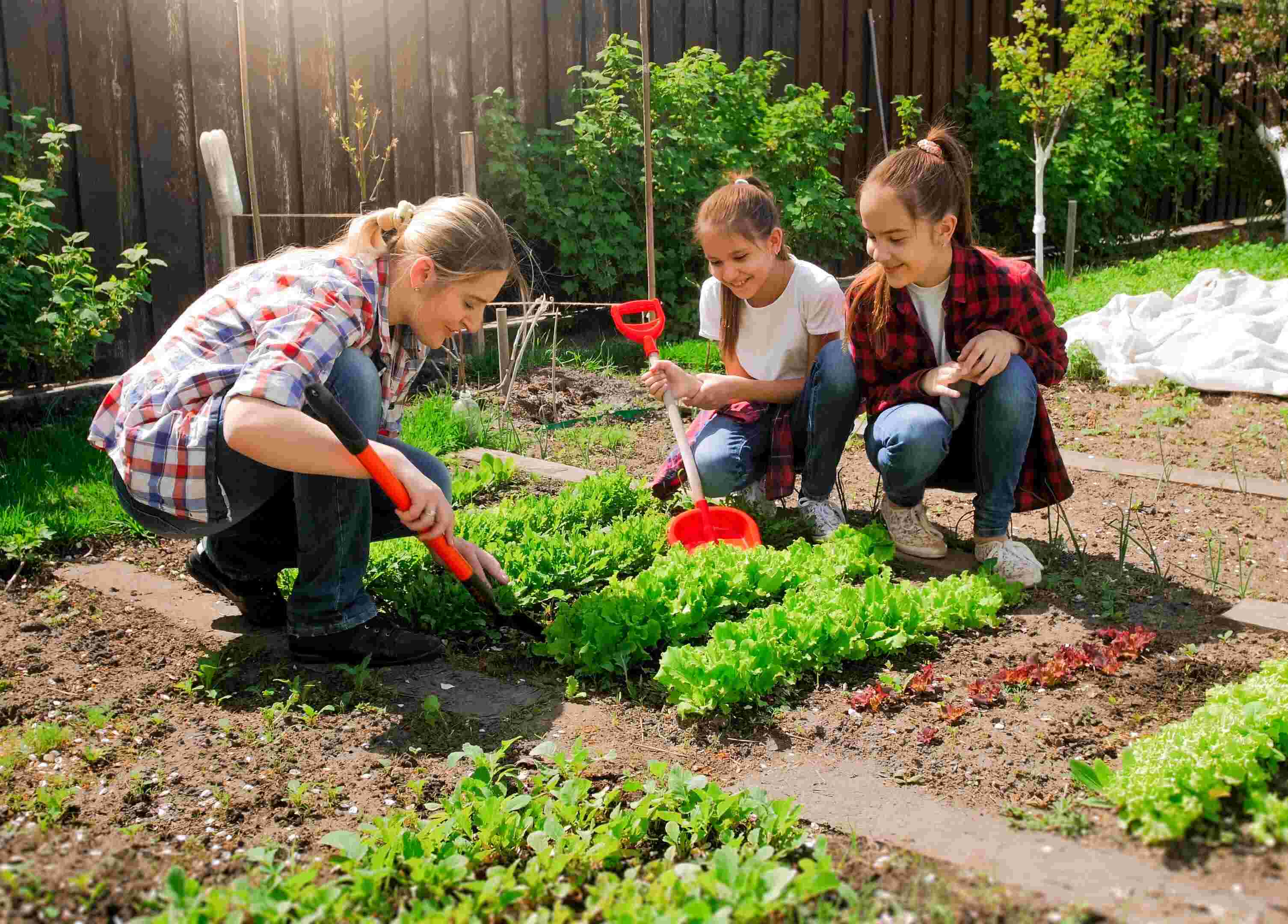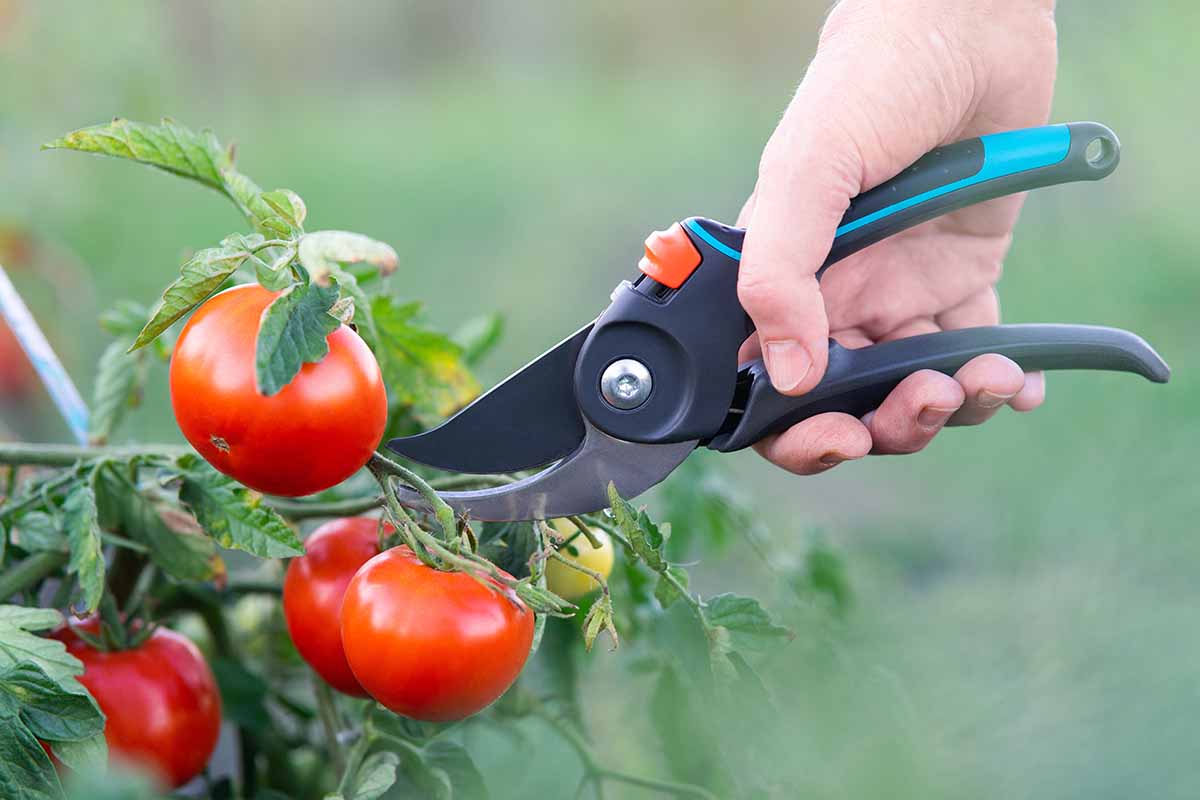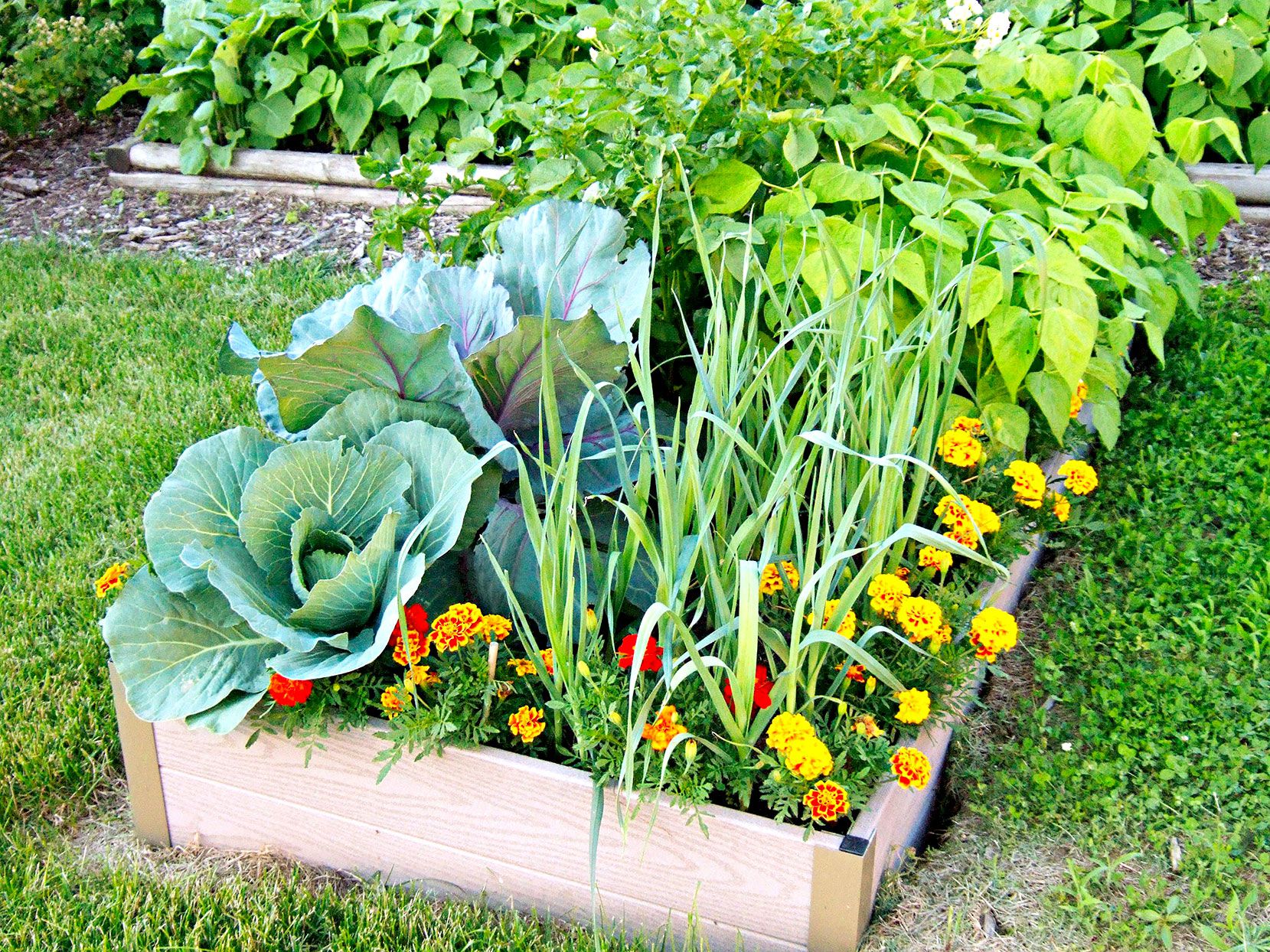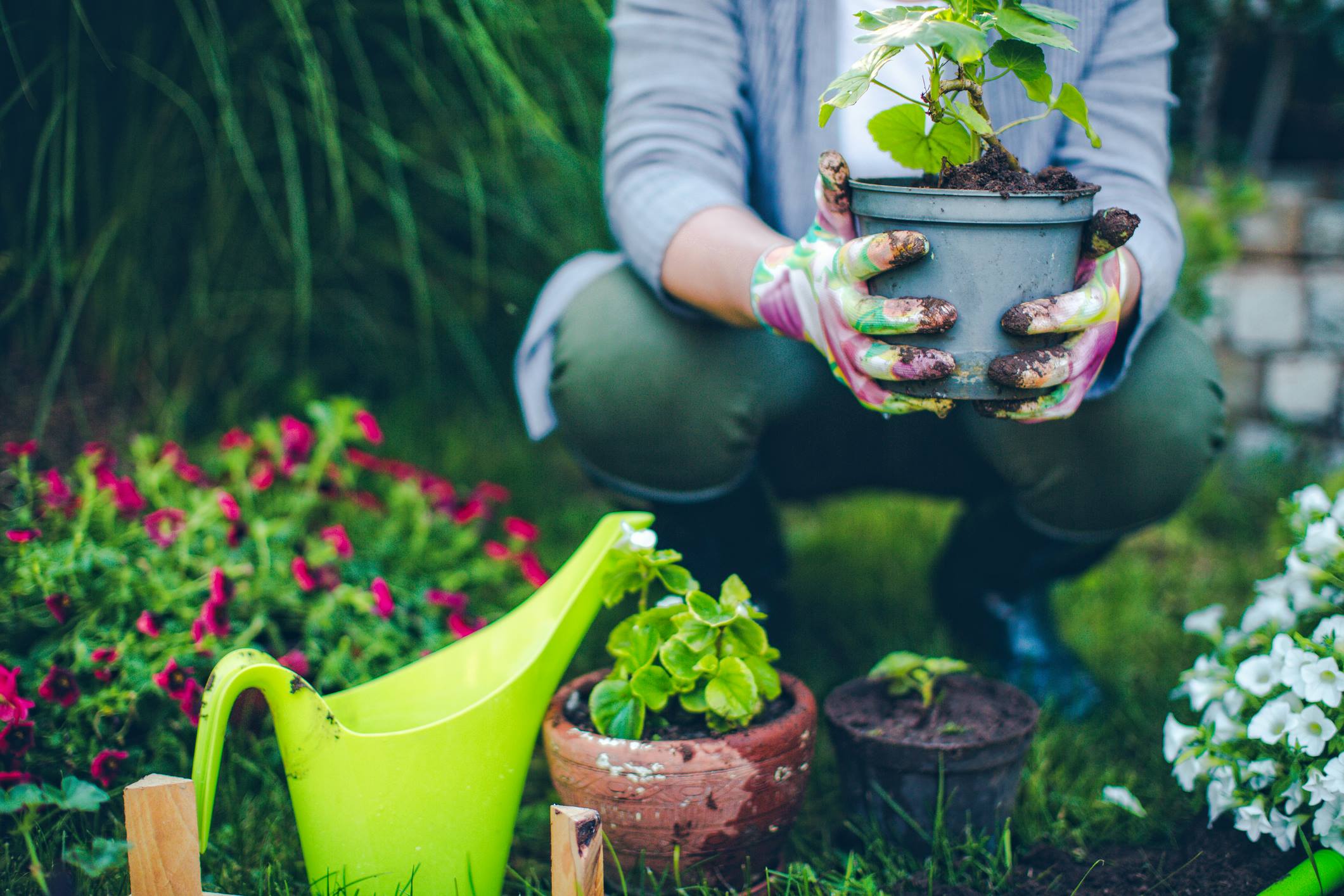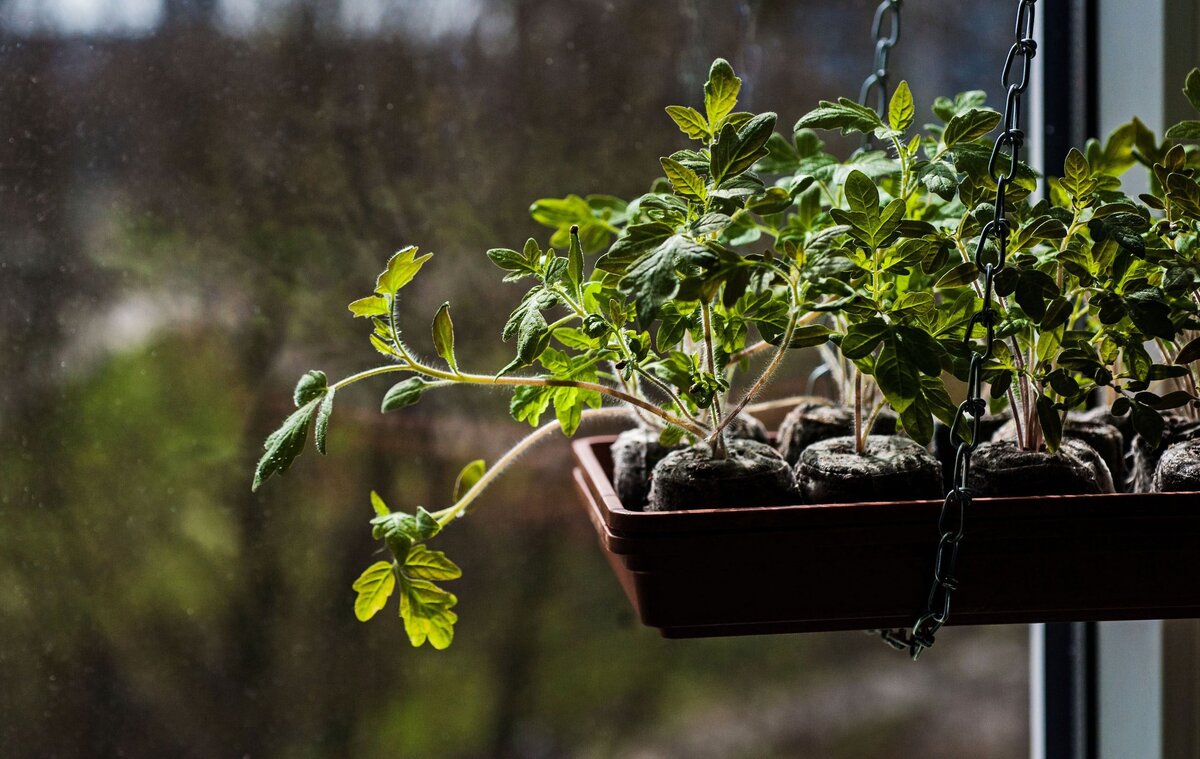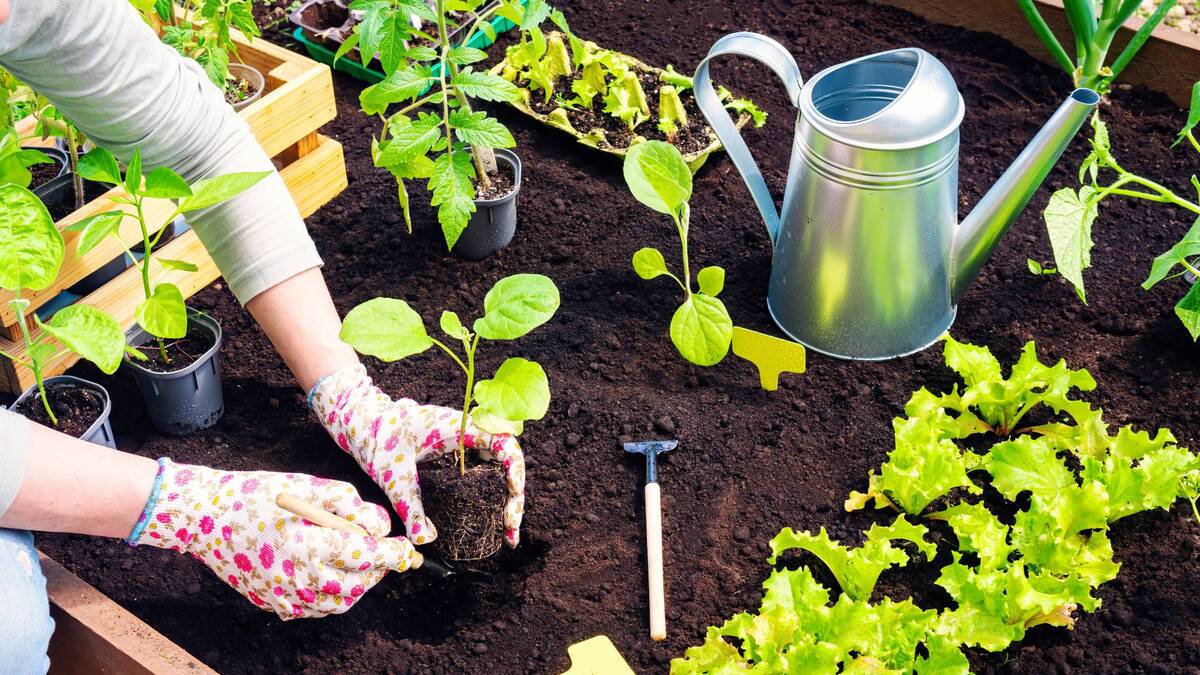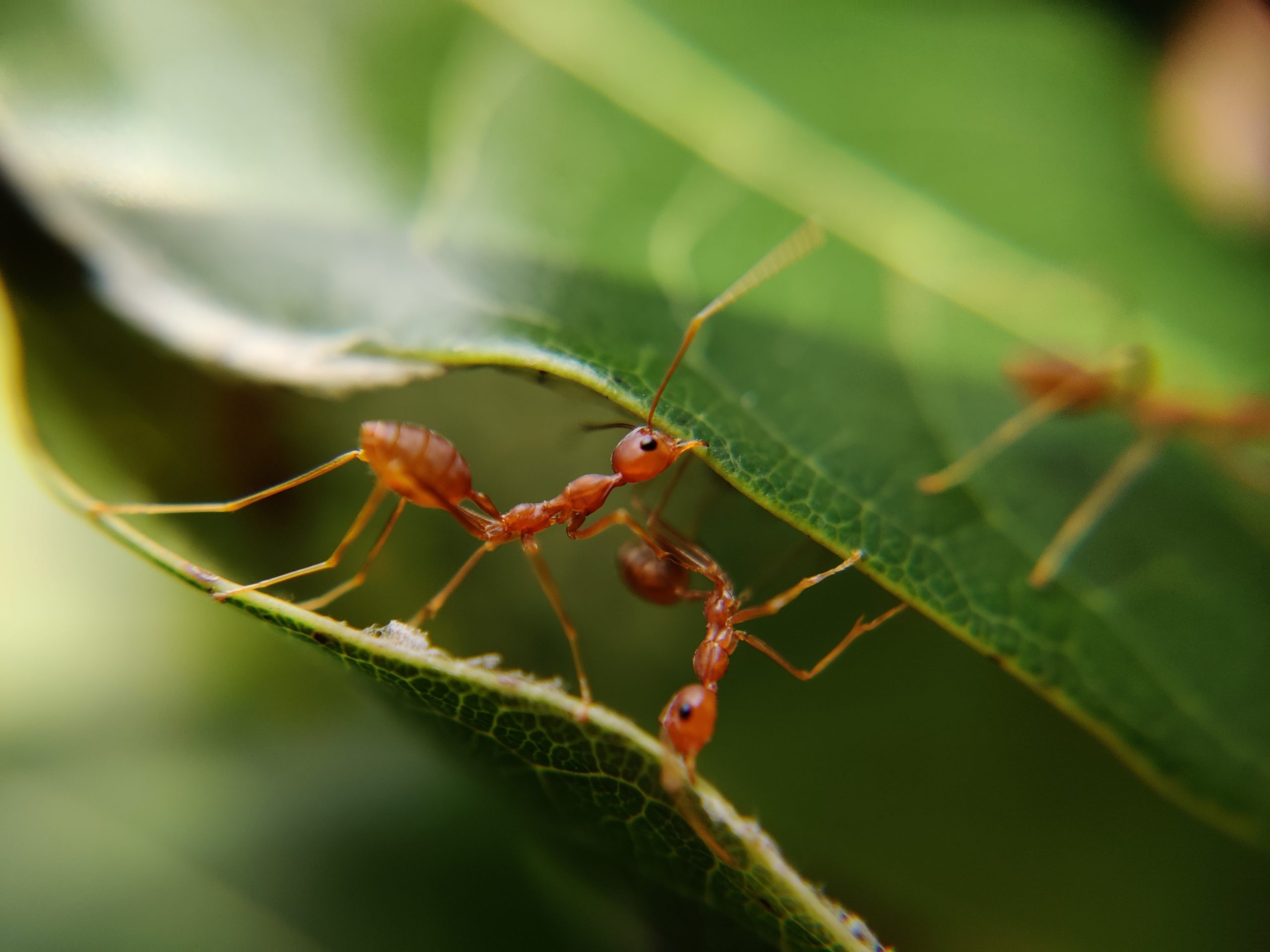Home>Gardening Techniques>Seasonal Gardening>When To Start Seedlings For Spring
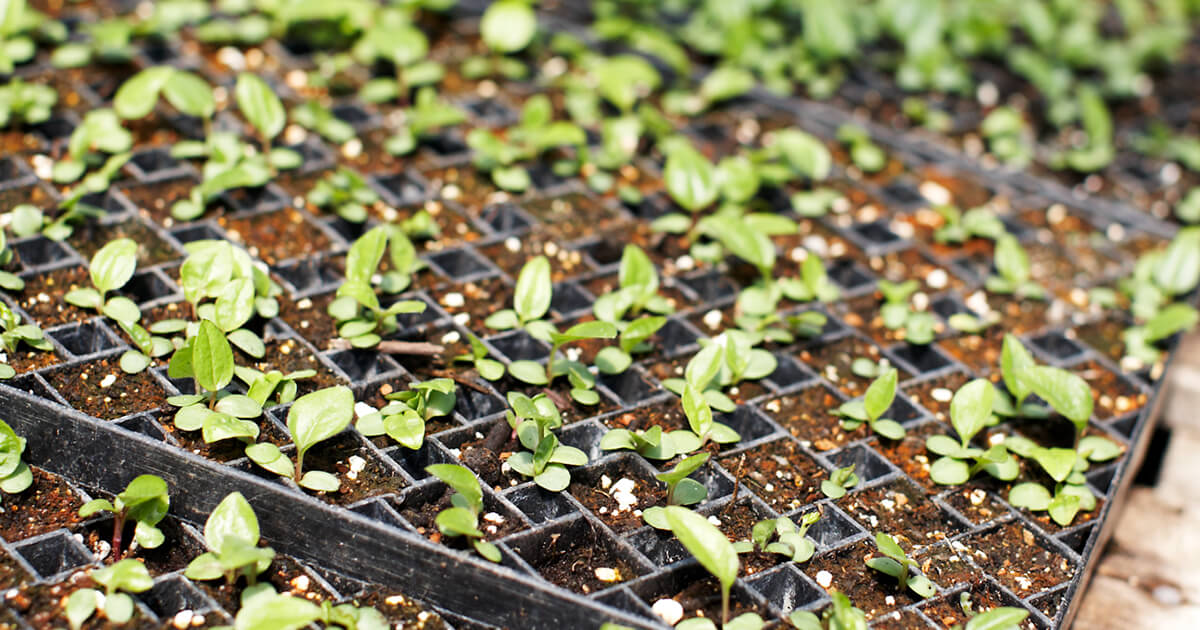

Seasonal Gardening
When To Start Seedlings For Spring
Published: January 1, 2024
Learn the best timing for starting seedlings for spring in your seasonal gardening. Get expert tips for successful seedling cultivation.
(Many of the links in this article redirect to a specific reviewed product. Your purchase of these products through affiliate links helps to generate commission for Chicagolandgardening.com, at no extra cost. Learn more)
Table of Contents
Introduction
Starting seedlings for the spring season is a pivotal step in ensuring a bountiful and thriving garden. As the winter frost begins to thaw and the days grow longer, gardeners eagerly anticipate the opportunity to cultivate vibrant blooms, lush vegetables, and fragrant herbs. However, the process of nurturing seedlings demands careful planning and attention to detail. From understanding the growth requirements of seedlings to determining the optimal time for indoor and outdoor cultivation, there are several factors to consider. This article will delve into the intricacies of initiating the growth of seedlings, providing valuable insights into the ideal timing and methods for a successful spring gardening endeavor.
The journey from a tiny seed to a flourishing plant is a remarkable and delicate process. By comprehending the environmental and developmental needs of seedlings, gardeners can foster their growth with precision and care. Factors such as temperature, light exposure, soil composition, and moisture levels play a crucial role in determining the success of seedling cultivation. Furthermore, the decision to start seedlings indoors or outdoors is influenced by various considerations, including local climate, frost dates, and the specific requirements of different plant varieties.
In this comprehensive guide, we will explore the optimal timing for initiating the growth of seedlings, both indoors and outdoors, to equip gardeners with the knowledge and confidence to kickstart their spring gardening endeavors. Whether you are a seasoned horticulturist or a novice enthusiast, understanding the nuances of seedling cultivation is essential for reaping a vibrant and abundant garden in the approaching spring season. Let's embark on this horticultural journey and unravel the secrets to successful seedling cultivation for a flourishing spring garden.
Understanding Seedling Growth
Seedling growth encompasses the initial stages of a plant’s development, from the emergence of the embryonic shoot to the establishment of its first true leaves. This critical phase demands a nurturing environment that caters to the specific needs of young plants. Understanding the intricacies of seedling growth is essential for providing optimal conditions that promote robust and healthy development.
Upon germination, a seedling relies on a delicate balance of moisture, warmth, and nutrients to fuel its emergence from the soil. The primary root, known as the radicle, anchors the seedling and facilitates the uptake of water and essential minerals from the surrounding soil. As the shoot emerges, the cotyledons, or seed leaves, provide the initial nutrients for the young plant until it develops its first true leaves and becomes capable of photosynthesis.
Light serves as a catalyst for photosynthesis and is crucial for the production of energy that fuels the seedling’s growth. Adequate exposure to natural or artificial light is vital for preventing elongated and weak stems, a common issue in seedlings grown in low-light conditions. Furthermore, maintaining an optimal temperature is pivotal for seedling growth, as fluctuations can hinder development and lead to stunted or leggy plants.
Seedling growth is also influenced by the composition of the growing medium. A well-aerated and nutrient-rich soil or soilless mix provides the essential support and sustenance for young plants. The moisture level of the growing medium must be carefully regulated to prevent waterlogging or dehydration, both of which can impede seedling growth and vigor.
By comprehending the fundamental requirements of seedling growth, gardeners can create an environment that nurtures strong, resilient plants. The next sections will delve into the specific considerations and timelines for initiating seedling growth indoors and outdoors, shedding light on the optimal strategies for cultivating a thriving spring garden.
Factors to Consider Before Starting Seedlings
Before embarking on the journey of starting seedlings for the spring, several crucial factors merit careful consideration to ensure the successful cultivation of healthy and robust plants. Understanding these factors is essential for laying the groundwork for a thriving garden and maximizing the potential of the seedlings.
- Plant Varieties: Different plant varieties have unique growth requirements and timelines. Some seeds may necessitate an earlier start indoors to attain sufficient growth before transplanting, while others thrive with direct outdoor sowing. Understanding the specific needs of each plant variety is fundamental for determining the appropriate starting time.
- Local Climate: The local climate and frost dates play a pivotal role in determining the ideal timing for starting seedlings. Regions with shorter growing seasons may require an earlier start indoors to extend the growing period and ensure ample time for the plants to mature and produce a bountiful harvest.
- Indoor Space and Equipment: Assessing the availability of indoor space and essential equipment, such as grow lights, seed trays, and a suitable growing medium, is crucial for successful seedling cultivation indoors. Adequate ventilation and temperature control are also vital considerations for creating a conducive environment for seedling growth.
- Outdoor Conditions: Evaluating the outdoor conditions, including sunlight exposure, soil quality, and potential pest and wildlife threats, is essential for determining the feasibility of direct outdoor sowing or the need for protective measures such as row covers or raised beds.
- Transplanting Timeline: Planning the timeline for transplanting seedlings into the outdoor garden is a critical factor. Seedlings should be robust and well-established before being transplanted to withstand the rigors of outdoor conditions and thrive in their designated garden beds or containers.
By carefully considering these factors, gardeners can make informed decisions regarding the optimal approach for starting seedlings, whether indoors or outdoors. The next sections will delve into the specific timelines for initiating seedling growth, offering valuable insights into the ideal starting points for a successful spring gardening venture.
When to Start Seedlings Indoors
Commencing the growth of seedlings indoors offers several advantages, including the ability to control environmental variables and extend the growing season. The timing for starting seedlings indoors is influenced by various factors, including the local climate, frost dates, and the specific requirements of the plant varieties being cultivated. By initiating seedlings indoors at the opportune moment, gardeners can nurture strong and healthy plants that are ready for transplanting into the outdoor garden when the conditions are favorable.
The ideal timing for starting seedlings indoors is often calculated based on the anticipated date of the last frost in a particular region. By working backward from the projected outdoor planting date, gardeners can determine the optimal start date for sowing seeds indoors. This approach ensures that the seedlings have adequate time to mature and develop before being transplanted into the outdoor garden beds or containers.
For regions with a short growing season and late frost dates, starting seedlings indoors becomes imperative for providing the young plants with an extended period to establish strong roots and develop sturdy stems and foliage. Additionally, certain plant varieties, such as tomatoes, peppers, and eggplants, benefit from an early start indoors to attain sufficient growth and vigor for prolific fruiting during the growing season.
Factors such as the recommended indoor growth period for specific plant varieties, the availability of indoor space and equipment, and the desired maturity of the seedlings at the time of outdoor transplanting all influence the timing for starting seedlings indoors. Adequate light exposure, whether from natural sunlight or supplemental grow lights, is crucial for promoting robust growth and preventing the elongation of seedlings.
By considering these factors and aligning the indoor sowing schedule with the local climate and plant requirements, gardeners can optimize the success of their seedling cultivation. The subsequent section will explore the optimal timing for starting seedlings outdoors, providing valuable insights into the strategic approach for initiating the growth of seedlings in the outdoor garden.
When to Start Seedlings Outdoors
The decision to start seedlings outdoors is influenced by a combination of factors, including the local climate, the frost dates, and the specific requirements of the plant varieties being cultivated. Initiating the growth of seedlings directly in the outdoor garden presents an alternative approach to indoor cultivation, offering the advantage of bypassing the transplanting process and acclimating the plants to their final growing environment from the outset.
The timing for starting seedlings outdoors hinges on the projected date of the last frost in a given region. By aligning the outdoor sowing schedule with the anticipated frost-free period, gardeners can ensure that the young plants are shielded from the detrimental effects of frost and cold temperatures. Additionally, certain cold-hardy plant varieties, such as lettuce, radishes, and peas, can be directly sown outdoors early in the season, capitalizing on their resilience to cooler temperatures.
For regions with a longer growing season and milder winters, the window for starting seedlings outdoors may be broader, allowing for a staggered sowing approach to extend the harvest period. However, it is essential to consider the sunlight exposure, soil temperature, and moisture levels when determining the optimal timing for outdoor sowing, as these factors directly impact the germination and early growth of the seedlings.
Gardeners can leverage various techniques to protect outdoor-sown seedlings from potential frost and inclement weather, such as using row covers, cloches, or cold frames to create a conducive microclimate that fosters seedling growth. These protective measures enable gardeners to initiate the growth of seedlings outdoors while mitigating the risks associated with unpredictable weather patterns.
By carefully assessing the local climate, frost dates, and the adaptability of different plant varieties to outdoor sowing, gardeners can strategically determine the optimal timing for starting seedlings directly in the outdoor garden. The subsequent section will encapsulate the insights gleaned from the preceding discussions, providing a comprehensive overview of the key considerations and timelines for initiating the growth of seedlings, both indoors and outdoors, to empower gardeners with the knowledge and confidence to embark on a successful spring gardening venture.
Conclusion
Embarking on the journey of starting seedlings for the spring season is a nuanced and rewarding endeavor that demands a thorough understanding of the growth requirements and optimal timing for initiating the cultivation of young plants. By comprehending the factors that influence seedling growth, including environmental variables, plant varieties, and local climate considerations, gardeners can make informed decisions regarding the strategic approach for nurturing robust and healthy seedlings.
The process of understanding seedling growth unveils the delicate balance of moisture, warmth, light, and nutrients that underpin the development of young plants. Creating a nurturing environment that caters to the specific needs of seedlings is paramount for fostering their robust growth and resilience. Whether starting seedlings indoors or outdoors, the careful consideration of factors such as local climate, frost dates, and the adaptability of plant varieties is instrumental in determining the optimal timing for initiating seedling growth.
Initiating the growth of seedlings indoors offers the advantage of extended control over environmental variables and an opportunity to nurture strong and healthy plants before transplanting them into the outdoor garden. Conversely, starting seedlings outdoors presents an alternative approach, leveraging the resilience of certain plant varieties to cooler temperatures and bypassing the transplanting process.
By aligning the indoor and outdoor sowing schedules with the specific requirements of plant varieties and the local climate, gardeners can optimize the success of their seedling cultivation, setting the stage for a vibrant and abundant spring garden. Whether sowing seeds indoors to extend the growing season or directly initiating the growth of seedlings outdoors, the strategic timing and meticulous attention to the needs of young plants lay the groundwork for a flourishing garden.
As the spring season beckons, armed with the insights and knowledge gleaned from this guide, gardeners are poised to embark on a horticultural journey that promises a rich tapestry of blooms, bountiful harvests, and the joy of nurturing life from tiny seeds. The art of starting seedlings is a testament to the transformative power of gardening, where patience, care, and the harmonious interplay of nature and nurture yield a symphony of color, fragrance, and sustenance in the garden.

